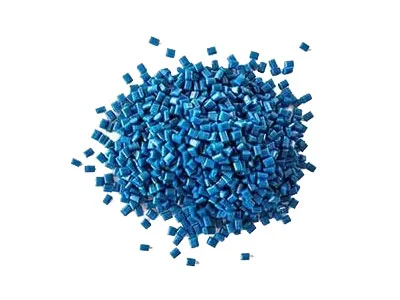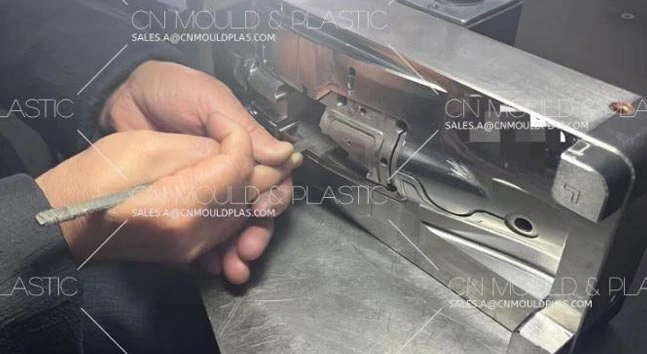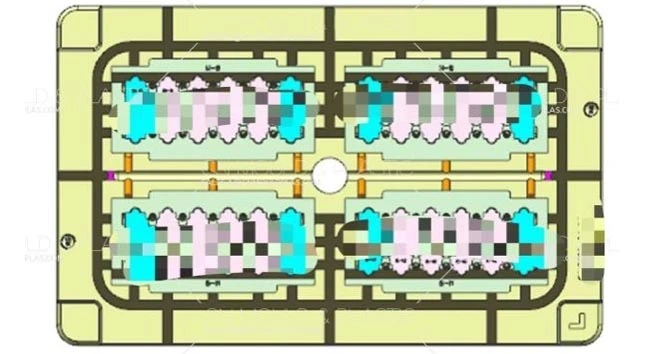12-30
(1) Drawbacks of Polishing Quality Issues1) The edge of the cavity’s inner hole may have collapsed corners, mixed angles, or bruises, and after polishing, the opening of the inner hole may enlarge (c...
Polybutylene terephthalate (PBT), is an important thermoplastic polyester and one of the five major engineering plastics. PBT is a milky white semi-crystalline thermoplastic polyester with high heat resistance. It has very good chemical stability, mechanical strength, electrical insulation characteristics and thermal stability. The use of PBT is very wide, it can be used in electronic appliances, automotive parts and industrial parts, such as electromagnetic switch, bumper and so on.

| PBT | Ultradur® LUX B 4300 G6 | VALOX™ 420SE0 resin | CELANEX® 6500 | VESTODUR® X7212 | Unit | Testing Standard |
| Data sheet | ||||||
| Manufacturer | BASF | SABIC | Celanese | EVONIK | ||
| Description | Injection molding grade with 30 % glass fiber reinforcement and very high transmission for laser light in the wavelengthrange of 800 to 1100 nm. Suitable for manufacturing technical parts, e.g. covers that are welded to a housing by lasertransmission welding. | 30% glass reinforced, UL94 V-0/5V rated. Numerous applications: edge trimmers, food mixer motor stator and commutator, cooling fan, connectors, bobbins, switches etc | 30% glass-fiber / mineral filled PBT+PET blend, low warpage gradeCelanex 6500 is a 30% glass/mineral polyester with improved surface finish and a good balance of mechanical propertiesand processability. | VESTODURO X7212 is a glass fiber rein-forced (45 %), semicrystalline thermoplastic compound for injection molding, based on polvbutylene terephthalate (PBT). The self-extinguishing compound has a creamy-white colour | ||
| Appearance | Natural color | Natural color | Natural color | Creamy-white color | ||
| UL Yellow Card | / | E45587-101092091 E207780-101092084 E207780-101513785 E45587-101513788 | / | / | ||
| Physical | Dry | Dry | Dry | Dry | Unit | Test Method |
| Density | 1.18 | 1.63 | 1.55 | 1.84 | g/cm³ | ISO 1183 |
| Mechanical | Dry | Dry | Dry | Dry | Unit | Test Method |
| Tensile Modulus | 10000 | 10000 | 9700 | 15500 | MPa | ISO 527-2 |
| Tensile Stress(Break) | 142 | 120 | 125 | 150 | MPa | ISO 527-2 |
| Tensile Strain(Yield) | 3.2 | 1.9 | 2.2 | 1.5 | % | ISO 527-2 |
| Impact | Dry | Dry | Dry | Dry | Unit | Test Method |
| Charpy Notched Impact Strength(23°C) | 8.5 | 7.0 | 7.1 | 12 | kJ/m² | ISO 179/1eA |
| Charpy Unnotched Impact Strength(23°C) | 65 | 50 | 30 | 45 | kJ/m² | ISO 179/1eU |
| Notched lzod Impact Strength(23°C) | / | 7.0 | 5.3 | / | kJ/m² | ISO 180/1A |
| Thermal | Dry | Dry | Dry | Dry | Unit | Test Method |
| Heat Deflection Temperature 1.80 MPa | 205 | 195 | 202 | 217 | °C | ISO 75-1/-2 |
| Melting Temperature | 210 | / | 225 | 223 | °C | ISO 11357-3 |
| Electrical | Dry | Dry | Dry | Dry | Unit | Test Method |
| Volume resistivity | 1E14 | > 1.0E+15 | 2E14 | >1E13 | Ohm*m | IEC 60093 |
| Surface resistivity | 1E15 | > 1.0E+15 | 3E16 | 1E13 | Ohm | IEC 60093 |
| Comparative Tracking Index | 300 | 175 | PLC 2 PLC(UL 746A) | 275 | V | IEC 60112 |
| Flammability | Dry | Dry | Dry | Dry | Unit | Test Method |
| Flame Rating(UL94) | HB | V-0(UL94) | / | / | class | IEC 60695-11-10 |

